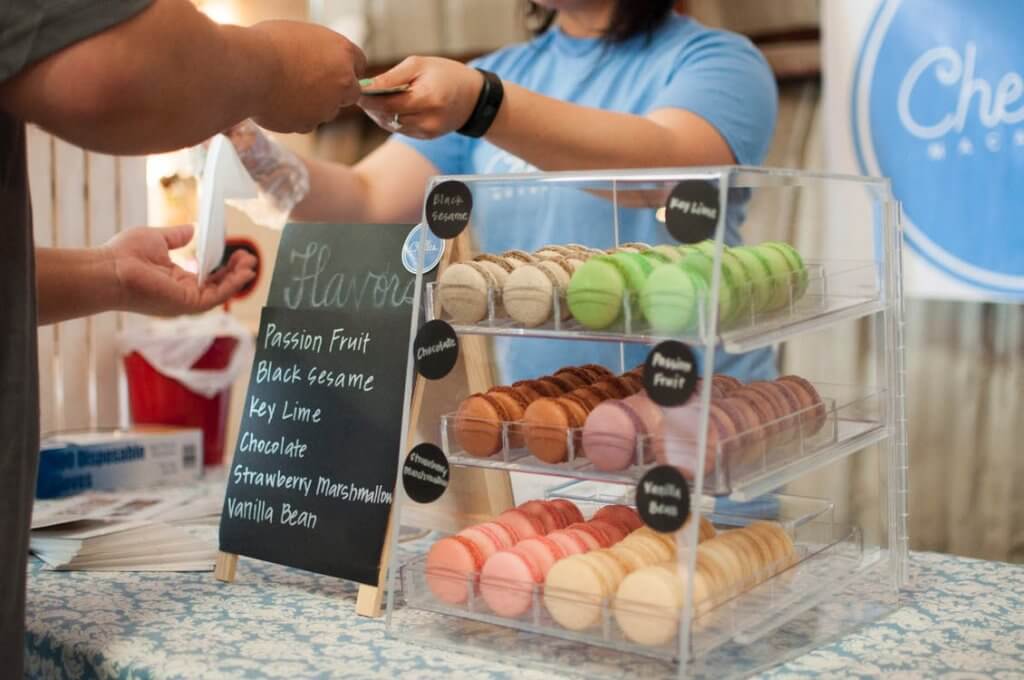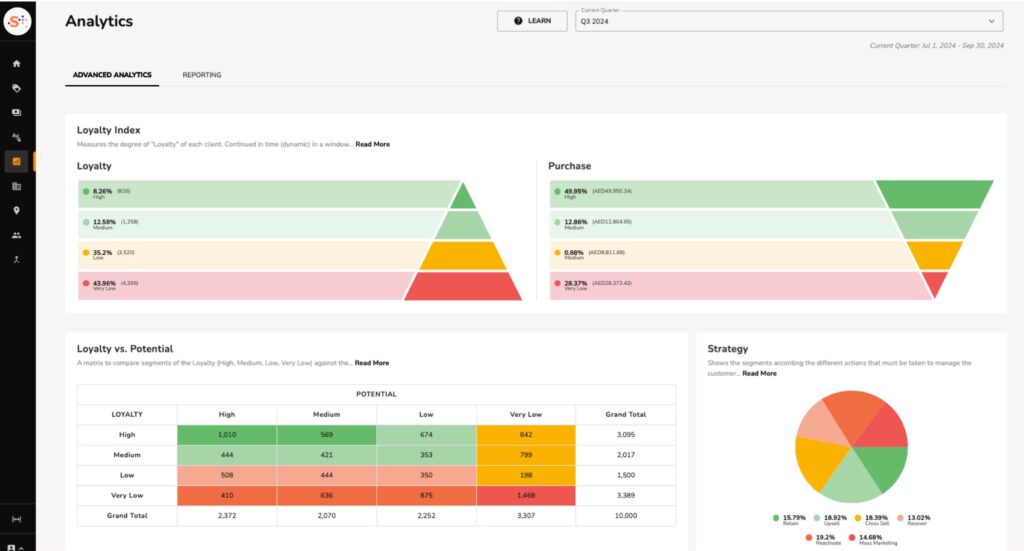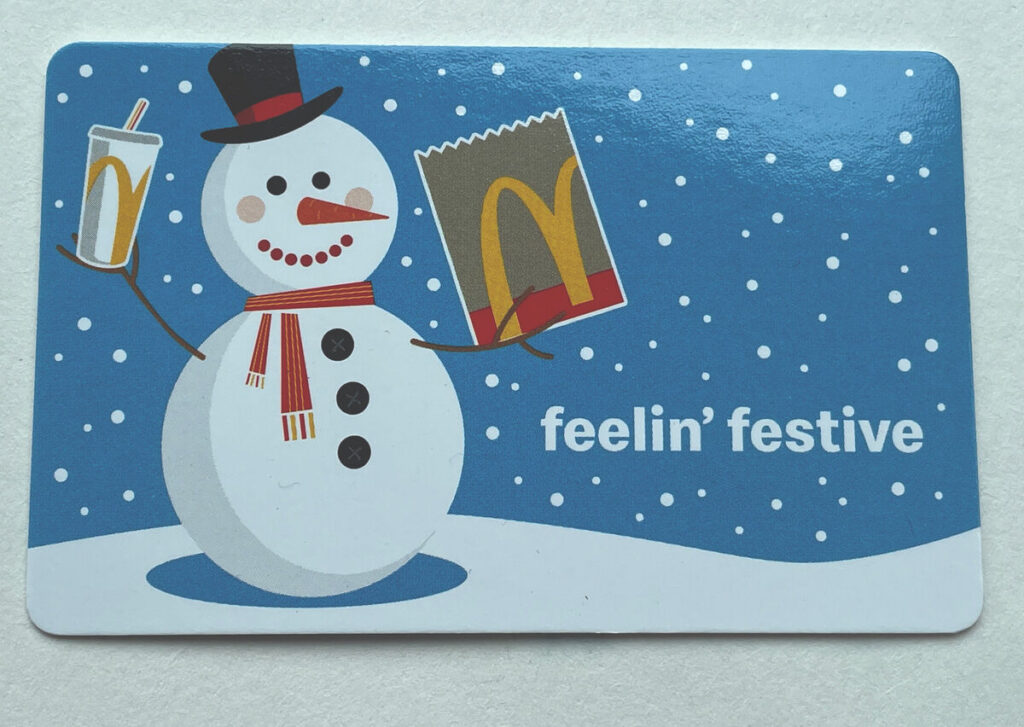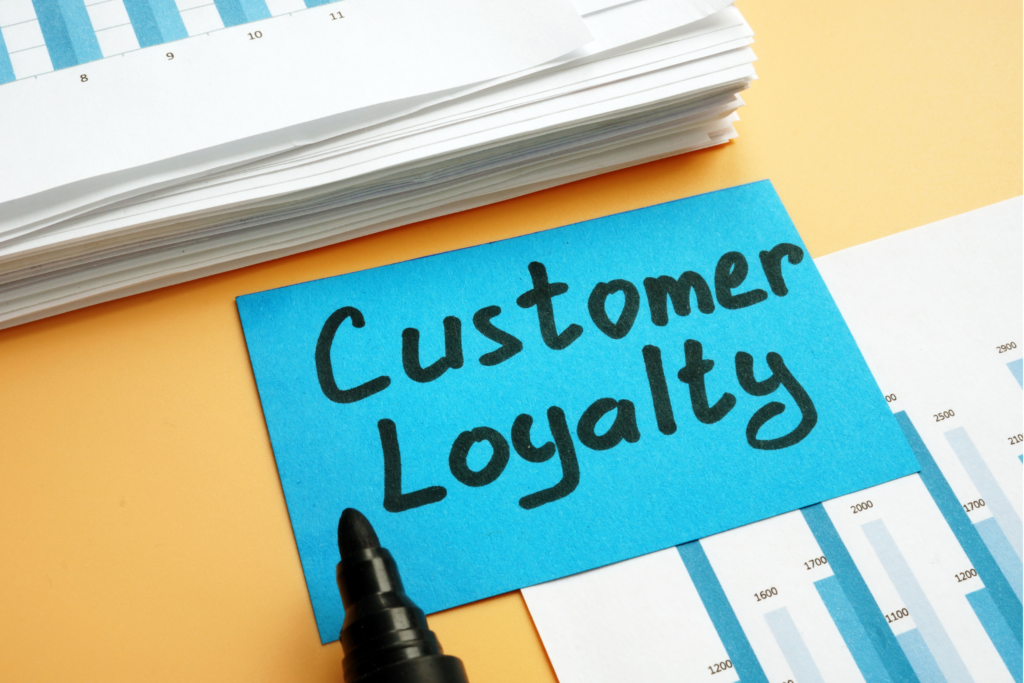Table of Contents
ToggleCan Loyalty Programs Actually Harm Your Current Sales?
It’s weird to consider such a thing, as successful loyalty programs can be extremely advantageous for any business – especially QSRs. After all, according to recent statistics, around 65% of consumers have already joined a loyalty program.
Furthermore, loyalty programs are invaluable when it comes to customer retention. So much so, that approximately 81% of consumers say that they are much more likely to continue doing business with a certain brand if they are members of a loyalty program.
And since acquiring a new customer is far more expensive than retaining an old one, it’s easy to see just how valuable these programs are.
Still, despite all these amazing statistics, there are still many business owners out there (who are predominantly QSR owners) who are afraid of implementing a loyalty program. Not because it might not be successful, but because it might cannibalize their current sales.
Essentially, they are concerned that the incremental revenue that can potentially be generated by a loyalty program won’t make up for any money their businesses lose by not focusing the financial resources they dedicate to said program on current sales.
Plus, many people in your position are also worried that, with a loyalty program, they might be wasting a lot of money by rewarding consumers who would have visited their stores/QSRs anyway.
Well, those are legitimate concerns, and we understand that. Still, you shouldn’t be afraid of implementing successful loyalty programs, as you’re about to find out right now.
Loyalty Program Members Are More Profitable
That’s because loyalty program members are more likely to visit your business more often.
And that’s not even all. Apparently, loyalty program members also tend to spend more money than non-members. That’s mostly because of the appeal of being able to redeem a reward.
What’s more, clients are more likely to buy more from you in periods before and after redeeming a reward.
In the words of Matilda Dorotic from the BI Norwegian Business School:
“The mere decision to redeem a reward may boost motivation in the loyalty program, which enhances purchase behavior.”
All in all, we believe this is linked to the fact that successful loyalty programs can enhance the relationship you share with your clients by offering it a more friendly, intimate tone.
In turn, that makes consumers much more willing and happy to visit your place of business again and again – call it a sort of friendship, if you will.
Whichever the case, one thing is clear – a loyalty program is extremely likely to generate plenty of revenue for your business. Just keep in mind that while such a program can attract potential customers to your business, its main purpose is to help you change consumers’ purchasing behavior to get them to spend more and more money on your products.
Of course, that doesn’t mean sales cannibalization isn’t a legitimate concern or a possibility. In fact, there are certain aspects you should be monitoring (and other things you can do to make sure your revenue isn’t in danger).
2 Indicators You Should Always Be Watching to Prevent Sales Cannibalization
If you want to make sure your loyalty program doesn’t interfere with your current sales, you need to closely monitor these 2 aspects:
1. The Visit Frequency of Loyalty Members During Promotional Periods
If your program members are coming back more and more often during these periods, that means that the incremental revenue generated by these customers is more than making up for any activity that would have otherwise taken place if you weren’t running a promotion or loyalty program in the first place.
However, if you aren’t noticing an increase in incremental revenue during promotional periods, that means your business isn’t counteracting the cost of the loyalty incentives – essentially, you’re experiencing sales cannibalization.
But don’t worry – we’ll offer some advice on how to deal with that in a bit.
2. How Much Program Members Purchase with Each Visit
If the profit generated by loyalty program member purchases is rather similar with the revenue gained from non-members, that means your loyalty program is doing quite well without putting your original revenue at risk.
Plus, even if a low level of sales cannibalization does occur, you won’t have to worry about that if you get to enjoy a decent incremental revenue courtesy of your loyalty program members purchasing more and more products with each visit.
That’s Not All, Though
There are plenty of other relevant reports and data you have to take into account to make sure you run successful loyalty programs that don’t threaten your current sales.
However, before we get to that, we should address 2 more things – namely what you can do to keep sales cannibalization at bay.
Implement a Multi-Tiered Rewards System
The data we linked at the start of the article should be enough to convince you that successful loyalty programs are very profitable. Of course, that won’t do much for you if you’re very concerned about your current sales taking a hit.
Well, that’s where setting up a rewards structure with multiple tiers comes into play.
Essentially, we’re referring to establishing a clear structure for your loyalty program to ensure that your customers can progress through it gradually and naturally. And that means making each tier harder and harder to unlock.
Here’s a basic outline of how such a structure could look like:
- Easy Tier
- Moderate Tier
- Difficult Tier
By doing this, you will offer program members a very strong incentive to keep coming back and spend more money on your products.
What If Customers End Up Only Buying Low-Cost Products?
How could a loyalty program impact product sales, you might ask? Sadly, there’s a chance that some clients might end up purchasing only low-cost items in order to earn points and redeem rewards.
Yes, that doesn’t happen too often and the clients who do that usually represent a small segment, but it’s still a legitimate concern – especially for QSR owners.
The best way to keep a close eye on something like this is to closely monitor product sales right after implementing your loyalty program.
Afterwards, you should check the sales analytics to see if any of your product sales have taken a hit.
If you notice that something is off, it’s time to take action. How? By running a product marketing campaign centered around that/those specific product/products. The end goal of said strategy will be to increase the products’ sales (which will ultimately benefit your loyalty program anyway).
Sure, you might think that you could just drop that product to meet consumer demands. However, as we’ve already mentioned, the aim of loyalty programs is to motivate patrons to change their purchasing behavior.
Sounds a bit difficult? Don’t worry – here’s an easy-to-understand example that will showcase what you could do in such a situation:
Let’s say that you run a Mexican food QSR and recently implemented a loyalty program. Now, according to your sales analytics, you’ve noticed that sales for quesadillas have gone down and that some of your program members have switched to burritos (which are cheaper, at least in the case of this example).
In order to boost sales again for quesadillas, you can run a food marketing campaign aimed at your loyalty program members.
Essentially, you could organize a campaign letting them know that if they purchase a quesadilla, they’ll be able to double a number of loyalty points they’d normally earn for that product.
And, in case you don’t want to make your regular customers (the ones who aren’t part of your loyalty program) feel left out, you can offer them a bonus. For example, you could offer them a chance to sign up for your loyalty program when they purchase a quesadilla and receive a few loyalty points as a bonus too.
Yes, it’s quite the upfront investment, but it can work to your QSR’s advantage in the long run.
As for the campaign limitations, that’s all up to you. All in all, you have 2 options to choose from:
- You make the offer available only on certain days of the week/month. You could also use analytics to pinpoint which days have less in-store customer activity. This way, you kill two birds with one stone, so to speak.
- Alternatively, you could run this promotion for a limited amount of time every month or so. For instance, customers could be able to double their loyalty point accumulation when they purchase a quesadilla during the first week of each month.
And this is just one example of many. As you can see, even if you notice that certain sales for certain products are starting to suffer, there’s plenty of things you can do to ensure your profits don’t go down, and that you also run successful loyalty programs as well.
Now, let’s get back to what we were saying about analytics you need to track.
The Best Way to Ensure You Run Cannibalization-Free, Successful Loyalty Programs – Advanced Customer Analytics
In order to make sure your restaurant marketing strategies, loyalty campaigns, and promotions don’t interfere with your regular sales, you have to be completely certain that you are targeting the right people.
We’re talking about finding out which ones of your customers you need to target the most and in what order, when you need to do it, and what their specific buying habits are.
With that kind of info, you’ll be able to make sure that your loyalty program is making enough money for your business, as you’ll know exactly how to structure your promotions to keep program members engaged and attract non-members.
Best of all, you’ll get to ensure that the revenue generated by your loyalty program will more than make up for any level of sales cannibalization that might occur in the early stages.
Now, we know what you’re thinking: “That all sounds nice, but how do I get my hands on these kinds of analytics?”
Well, there’s no need to worry since we’ve got your back. With Spoonity, you don’t just get a white-labeled, fully secure, and 100% POS-integrated loyalty app. You also get access to valuable customer data.
Basically, with our loyalty platform, you can find out:
- Exactly when your customers like to shop (which they of the week, for instance).
- Where your customers prefer shopping at (which place of business). If you own multiple locations, this kind of info will help you pinpoint which location you must focus your marketing campaign on to prevent sales cannibalization.
- Which items your patrons prefer the most. You can even find out what percentage of customers prefer a certain item.
- What demographics characterize your client segments. With this info, you can better tailor your marketing campaigns to make sure it meets the needs of each generation.
- What segment of your clients like to purchase multiple SKUs.
- Which patrons are the most loyal, and which ones you should focus on growing.
Furthermore, you’ll also be happy to know that our analytics can help you segment customers across loyalty indices. Essentially, you’ll be able to tell which loyalty group all your patrons belong to:
- High Loyalty (This is the group you can actually turn into brand advocates)
- Medium Loyalty
- Low Loyalty (These are the ones you need to focus on to avoid sales cannibalization)
- No Loyalty
All in all, you’ll know exactly what kind of rewards you’ll need to offer to entice specific customers to come back. Also, you’ll have all the info you’ll need to properly structure your restaurant marketing strategies to ensure your sales never suffer.
Oh, and speaking of marketing campaigns and promotions, we should also mention that Spoonity make it extremely easy for you to organize and run them whenever you want, as well as fully customize and personalize them.
And all that can be done with only a few clicks!
In case you have any other questions, feel free to get in touch with us. We’ll always respond within 48 hours.













